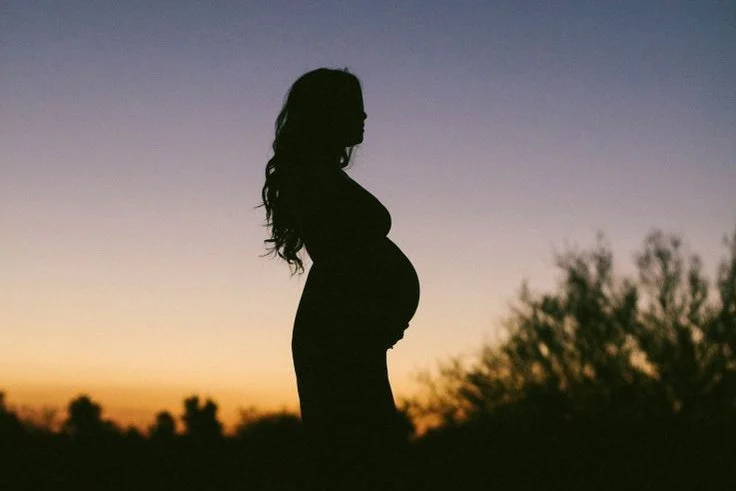I first encountered body shaming in middle school when a boy I had a crush on cruelly told me to “go home and take some growing pills” because I hadn’t developed yet. I returned home in tears, seeking comfort from my bewildered mother, who urged me to brush it off. That moment marked a turning point in my life; I was navigating a world that began to judge me based on my appearance, a stark contrast to the carefree days of playing with my toys and dreaming of owning a pet kitten.
Unbeknownst to me, an eating disorder was quietly brewing alongside my struggle with anxiety. It wouldn’t fully manifest until years later, but when it did, it took hold fiercely. During my junior year of high school, I hit my highest weight. Looking back at old photos, it’s hard to fathom how I could ever have perceived myself as anything but slightly chubby—not to demean myself, but simply to recognize the years I spent in a state of painful thinness.
I can’t pinpoint when it all began, but my eating disorder crept in during a period of overwhelming anxiety. It was that paralyzing kind of anxiety where your body feels possessed—frozen in bed, shaking and crying, as you ride out a wave of panic that feels like it might consume you. It’s the kind of anxiety that makes you retreat into yourself, never to be shared with anyone for fear of being misunderstood.
In one of my many attempts to confront my disorder, I found myself in a therapist’s office. This encouraging woman kept pushing me to dig deeper into my issues, but I felt increasingly uneasy about unraveling my anxiety. Before I could leave (Anxiety! Take 32!), she suggested I get a workbook to explore my emotions. I bought it at a bookstore, but just the sight of it at home made my stomach churn as I fought to keep my feelings in check. I tucked it away, terrified that opening it would reignite my struggles.
Through it all, I maintained a facade of being thin. My responses to concerns about my weight included, “I have a high metabolism,” or “I guess I’m just not hungry.” As body dysmorphia crept in, I was oblivious to its insidious nature. My weight fluctuated, but I remained largely indifferent to my reflection in the mirror, gripped by a fear of losing control.
In 2007, the news of my father’s imprisonment coincided with a doctor’s casual remark that I had an eating disorder. I felt as if I had been struck; everything inside me clenched tight. I had been unaware of my condition, while relatives claimed they had seen the signs for years. “How could you not know this about yourself?” they asked, as I clutched the phone, tears slicking the receiver.
My psychiatrist labeled it a “restrictive eating disorder,” and I was compelled to see him, a nutritionist, and a general doctor multiple times a week. I had to eat to survive, yet I didn’t know how. The traumas I had faced manifested in this illness, which threatened my health and sanity. Food became a source of fear rather than nourishment, tainted by childhood experiences and familial pressures.
But eventually, I began to understand my struggles. Years of striving for health, dissecting the roots of my anxiety, and severing the negative beliefs I held about myself led me to a pivotal moment. Today, I embrace my body, including what I affectionately call my muffin top, which I now see as a symbol of my journey through darkness into light.
When I hear comments about body shaming, it hits home. I’ve walked through the fire to appreciate every bit of myself, including the parts that society often deems flawed. I urge anyone struggling to speak up instead of hiding. Seek out those who uplift you, and most importantly, hold on to yourself as you release the chains of trauma. Celebrate your body, all its curves and edges, especially if you’re in recovery from an eating disorder. Your journey is uniquely yours, and every part of you deserves to be honored.
For more insights, check out our blog post on embracing body positivity, which dives deeper into self-acceptance. If you’re looking for resources on fertility, this site offers a range of at-home insemination kits and supplements. Additionally, the CDC provides excellent information on pregnancy and home insemination.
Summary
In this blog post, Ava Thompson shares her personal journey from struggling with an eating disorder to embracing self-acceptance. She reflects on the impact of body shaming, the struggles of anxiety, and the path to recovery that led her to celebrate her body. Ava encourages readers to seek support and to honor every part of themselves, especially those in recovery.
